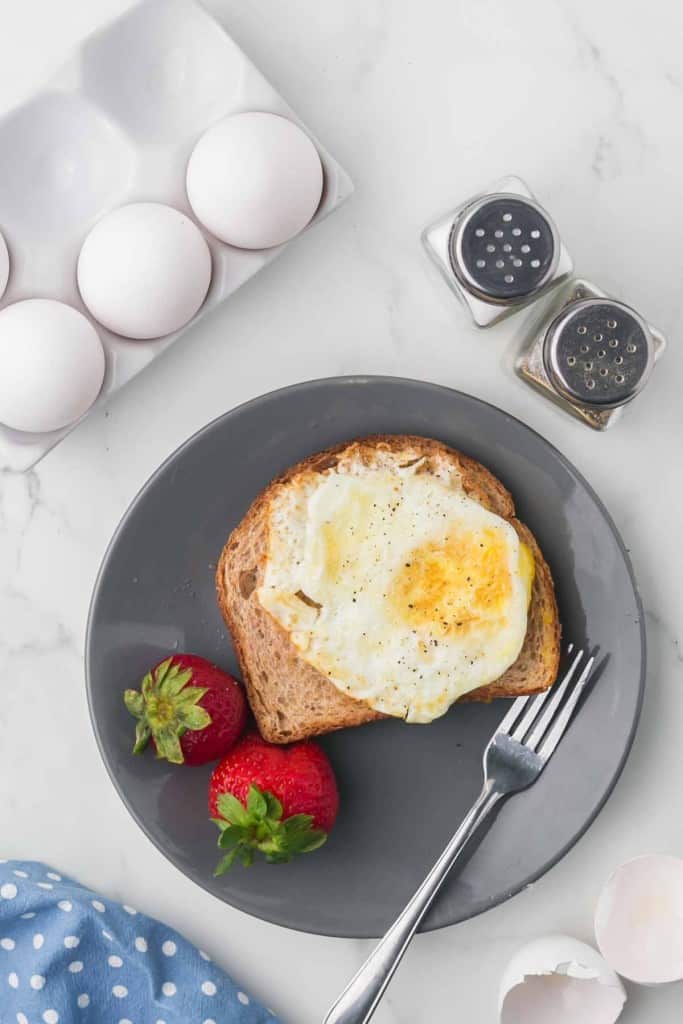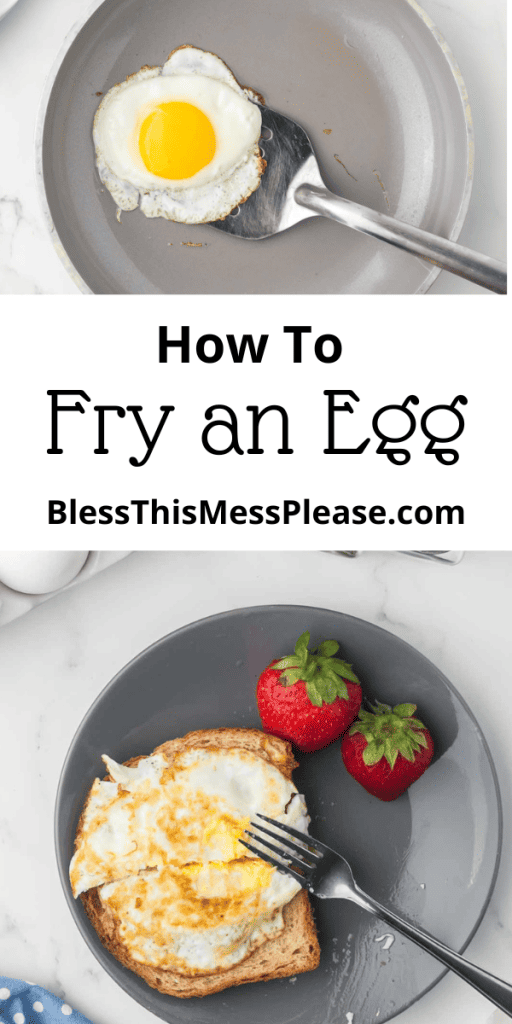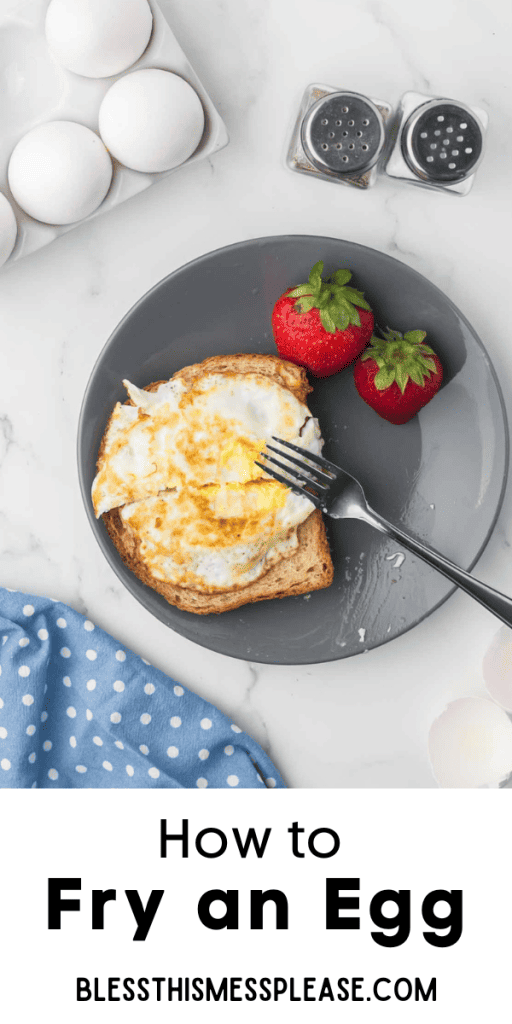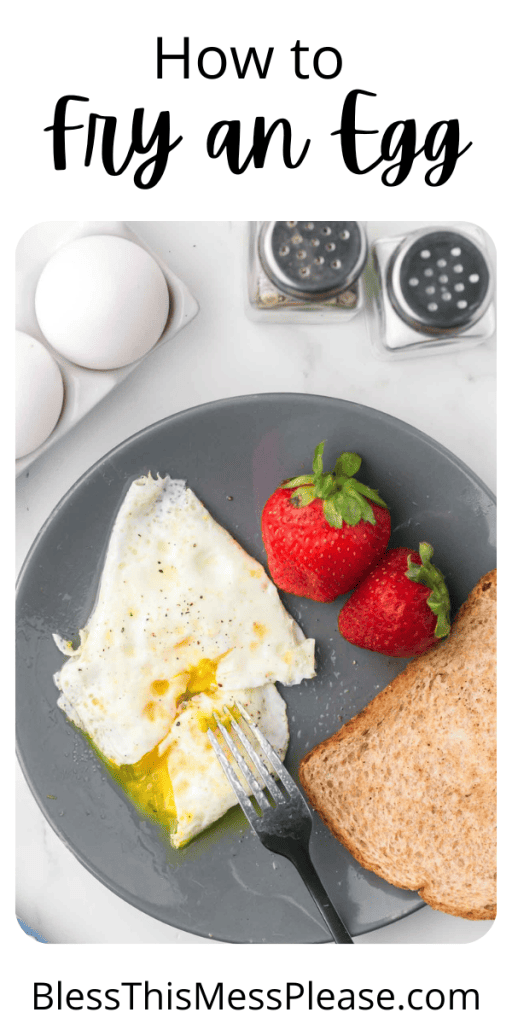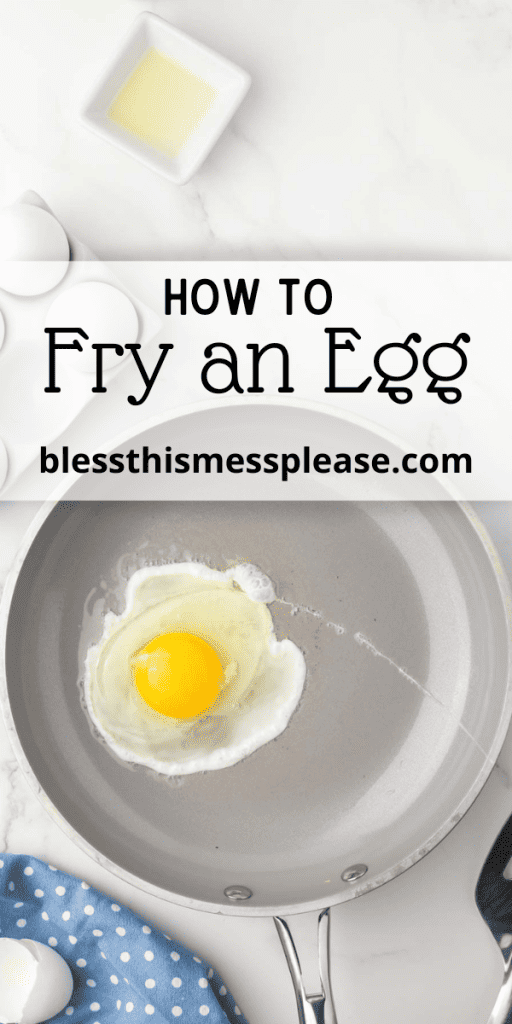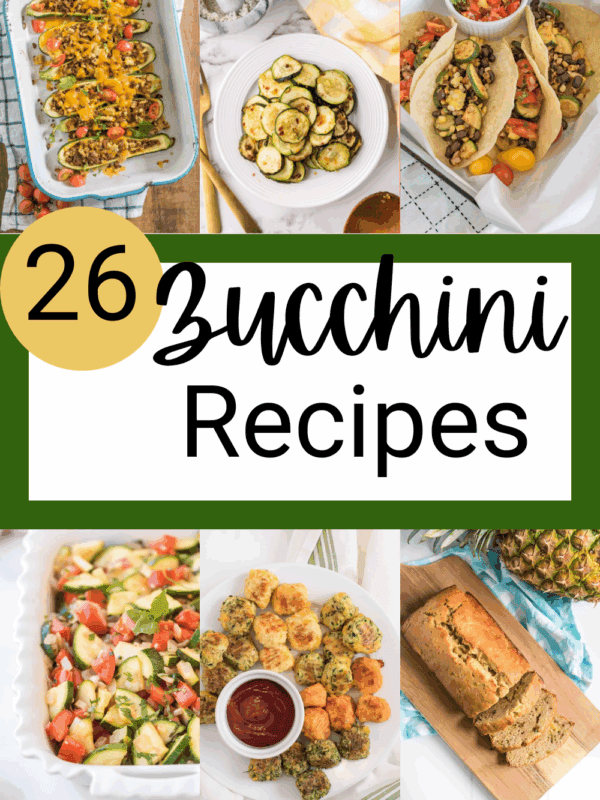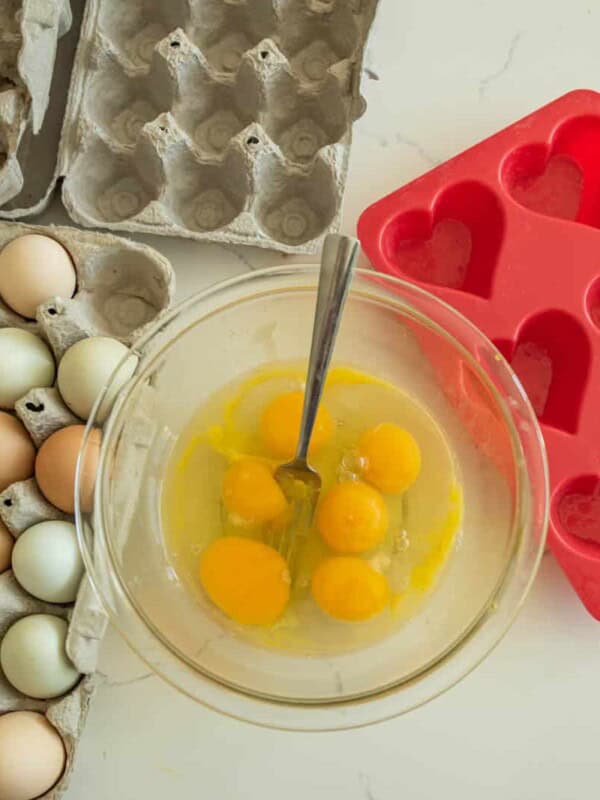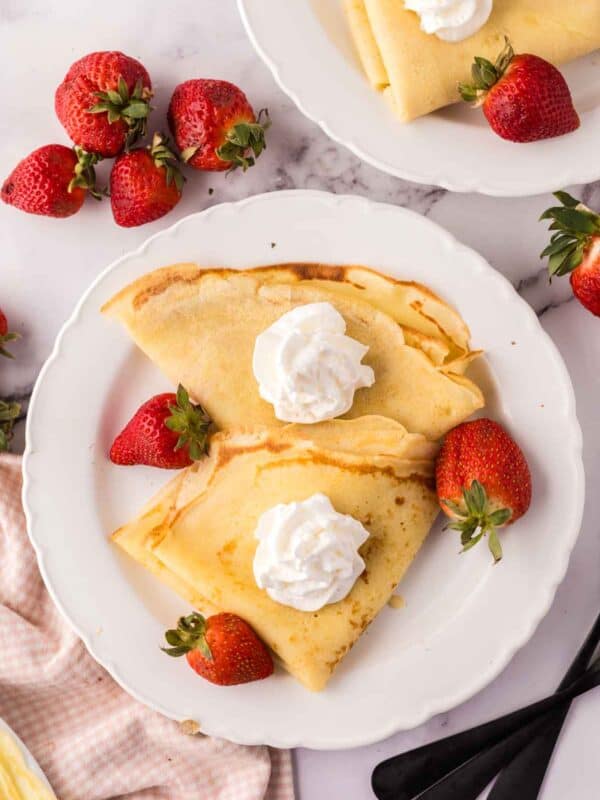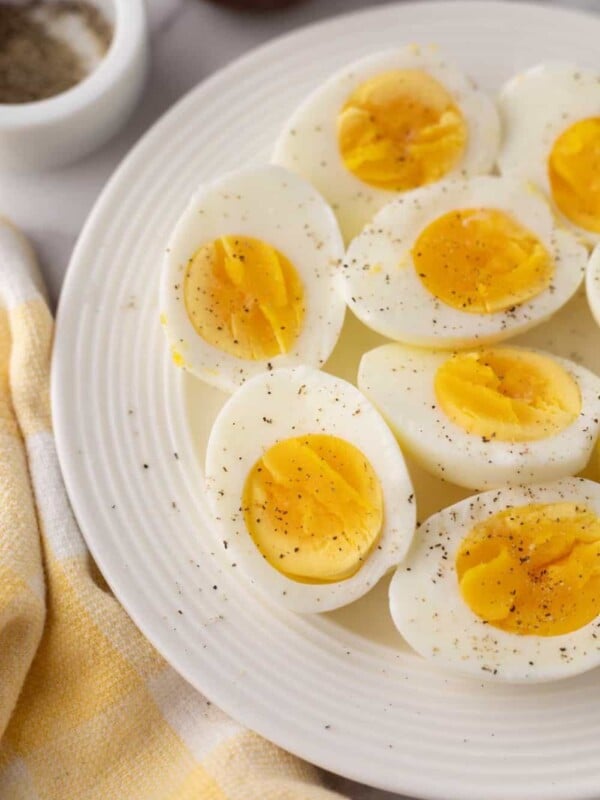This post may contain affiliate links. Please read our disclosure policy.
Frying an egg is a simple cooking skill that people of all ages should master. Whether you’re a beginner in the kitchen or a seasoned chef, learning How To Fry An Egg can be a satisfying experience.
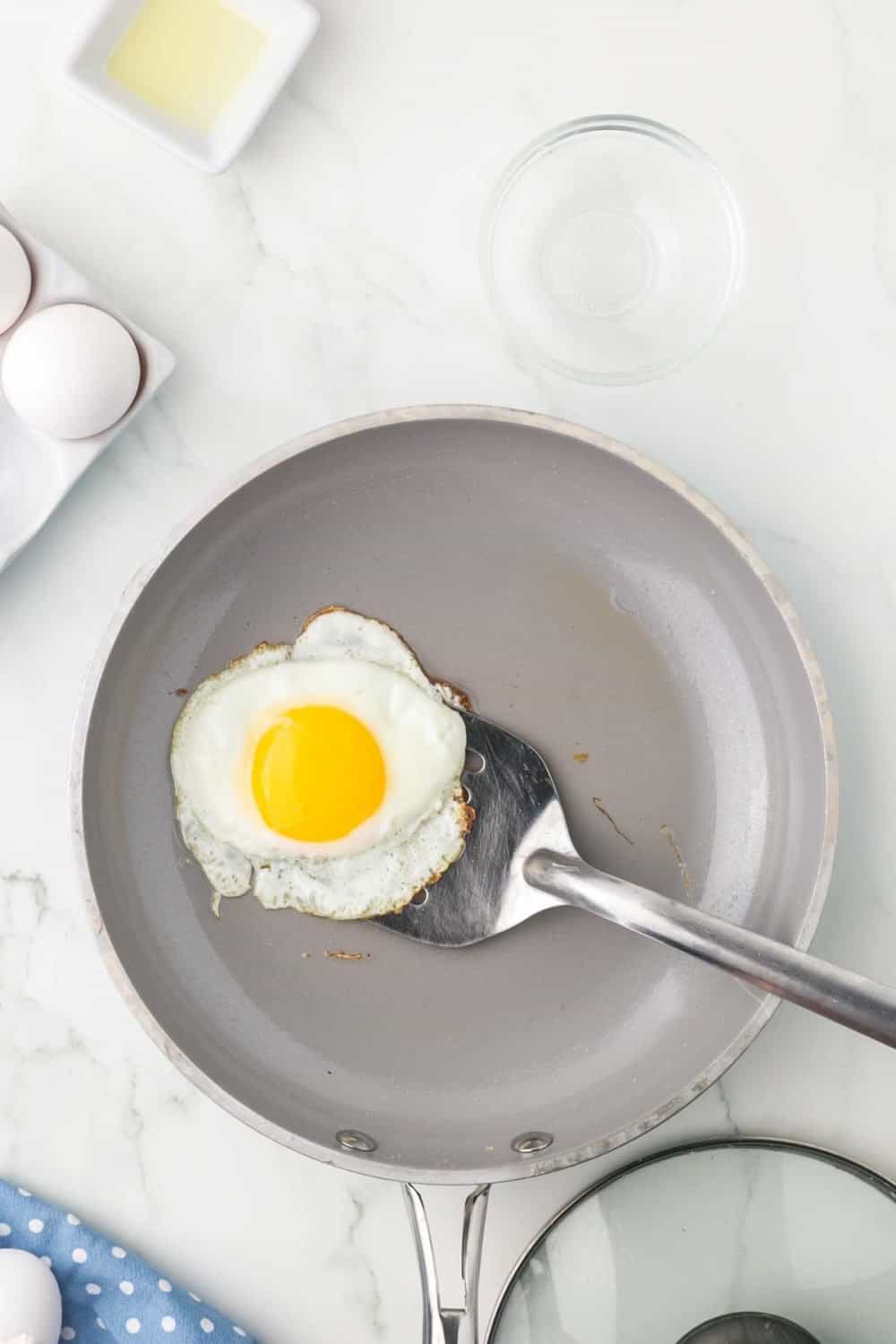
Learning how to fry an egg is like taking your first step into the exciting world of cooking. It’s a beginner-friendly skill that opens the door to a wide range of delicious possibilities in the kitchen. As you master the art of frying an egg, you’ll gain confidence and become more comfortable with basic cooking techniques, setting the stage for more culinary adventures.
Whether you prefer your egg sunny-side up, over-easy, or with a dash of creativity in the form of tasty toppings, frying an egg is a simple and satisfying way to start your culinary journey.
Table of Contents
- Why You’ll Love This Recipe
- Recipe Ingredients
- Popular Substitutions and Variations
- How To Make A Fried Egg
- Recipe FAQs
- Expert Tips
- How can I make my fried egg crispy around the edges?
- Can I cook more than one egg at a time?
- What’s the difference between sunny-side-up and over-easy eggs?
- More Egg Recipes To Consider
- How to Fry an Egg Recipe
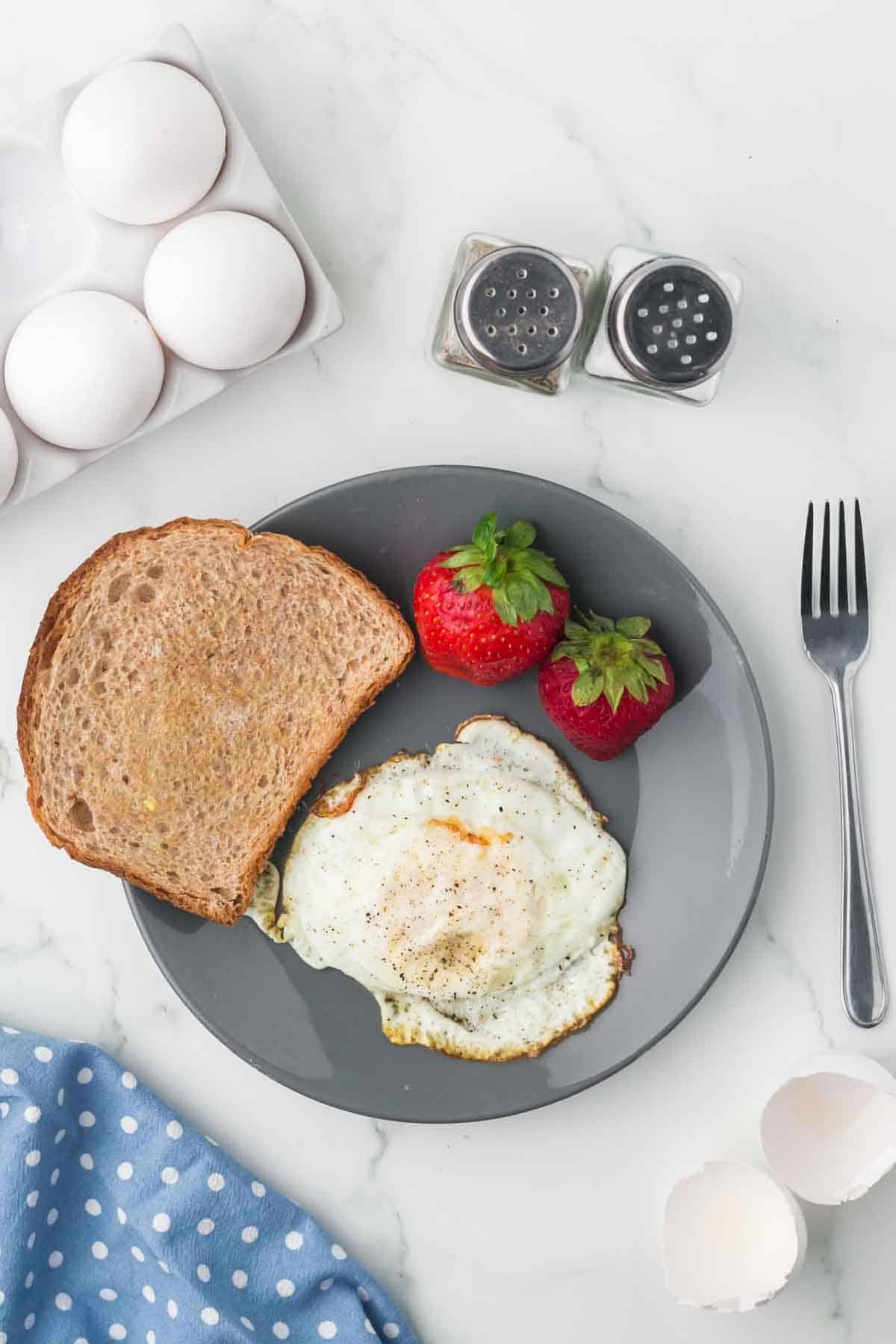
Why You’ll Love This Recipe
- Frying an egg takes just a few minutes, making it a convenient and speedy breakfast option.
- You can enjoy fried eggs on their own, in a sandwich, on top of toast, or as part of a full breakfast.
- Eggs are a great source of protein, vitamins, and minerals, making them a nutritious choice.
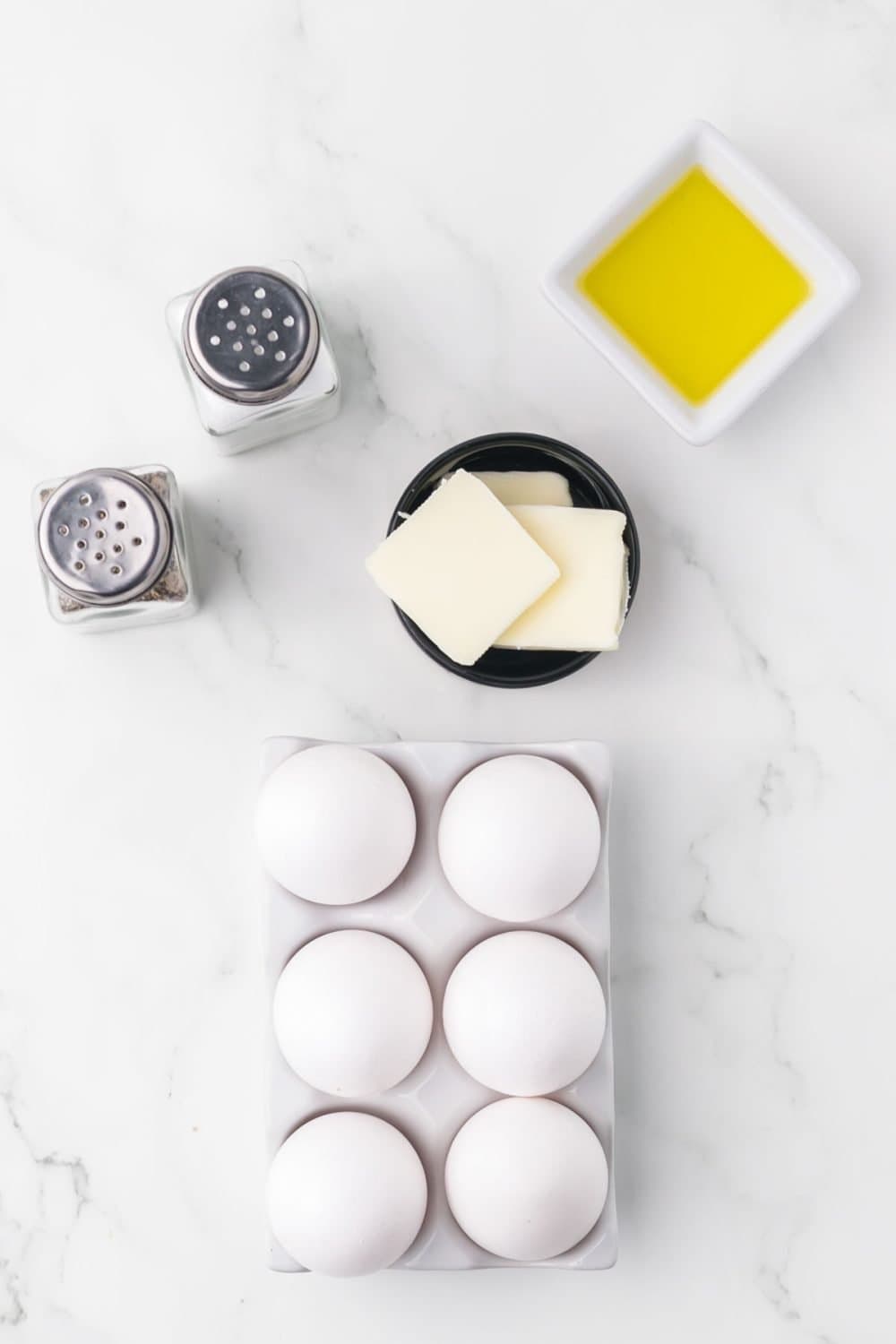
Recipe Ingredients
- 6 Large Eggs— Large eggs provide a balanced texture and flavor
- Butter or cooking oil—Prevents sticking, adds flavor.
- Salt and Pepper —Enhances flavor and savoriness.
Popular Substitutions and Variations
Fried eggs are great on their own, but you can get creative with these popular substitutes and variations:
- Sunny-Side Up: Cook the egg without flipping it, leaving the yolk exposed.
- Over-Easy: Flip the egg once, but keep the yolk runny.
- Over-Hard: Cook the egg on both sides until the yolk is fully cooked.
- Scrambled Eggs: Beat the egg in a bowl and cook it while stirring until it’s fully scrambled.
- Egg Sandwich: Place your fried egg between slices of bread with your favorite toppings, like cheese, bacon, or avocado.
How To Make A Fried Egg
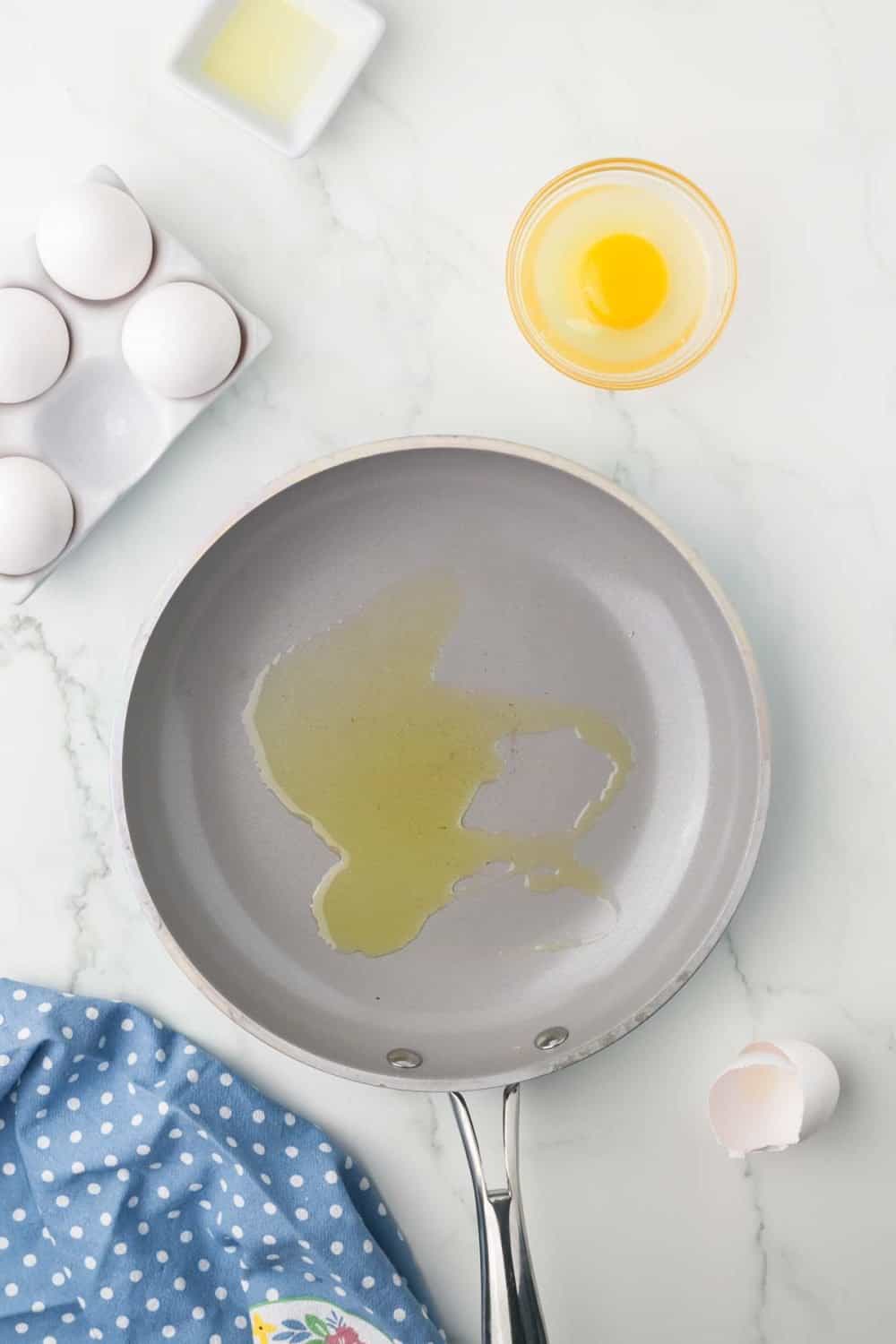
Step #1. Heat a non-stick skillet over medium-low heat and add the butter or cooking oil.
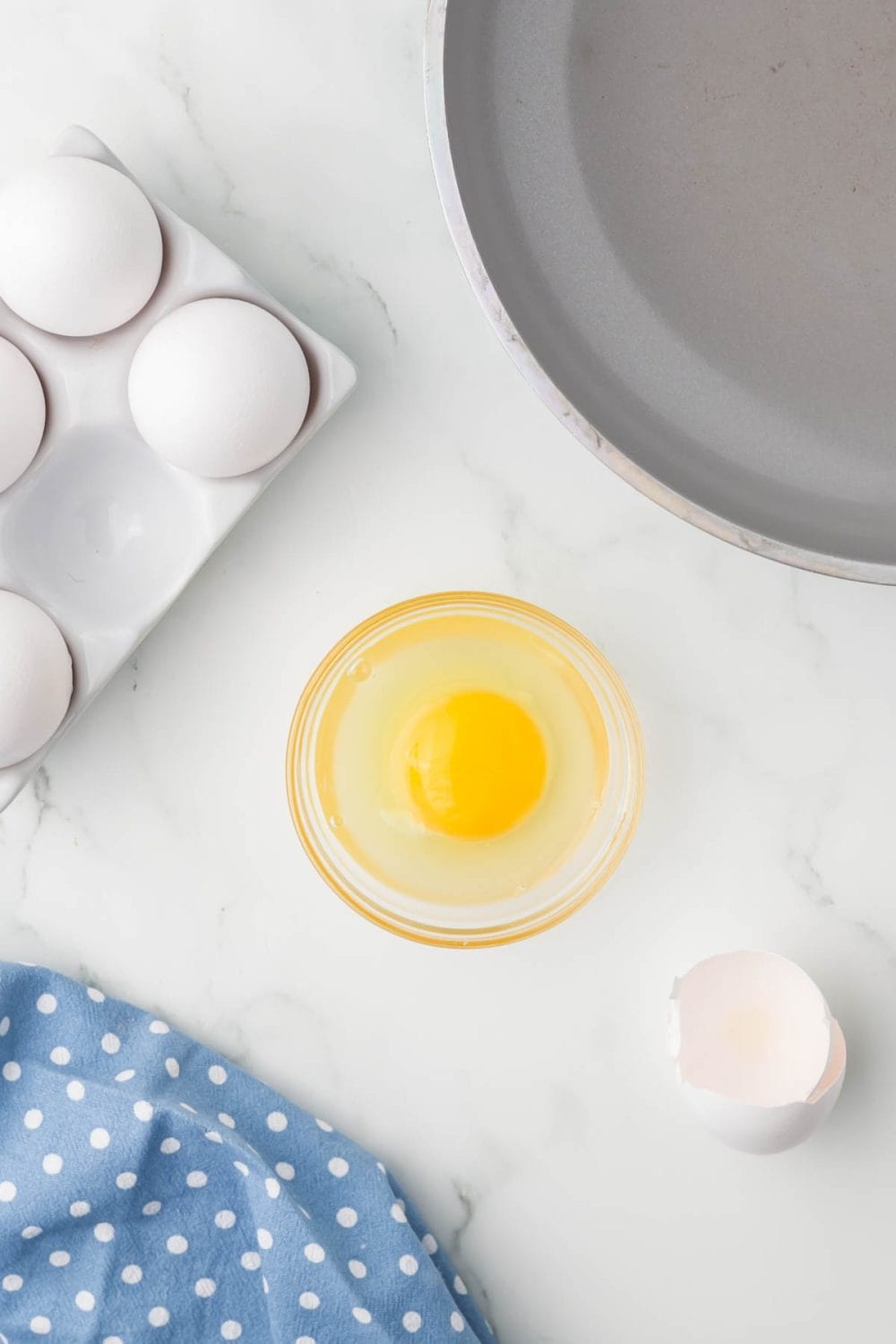
Step #2. Crack the egg into a small bowl, taking care not to break the yolk.
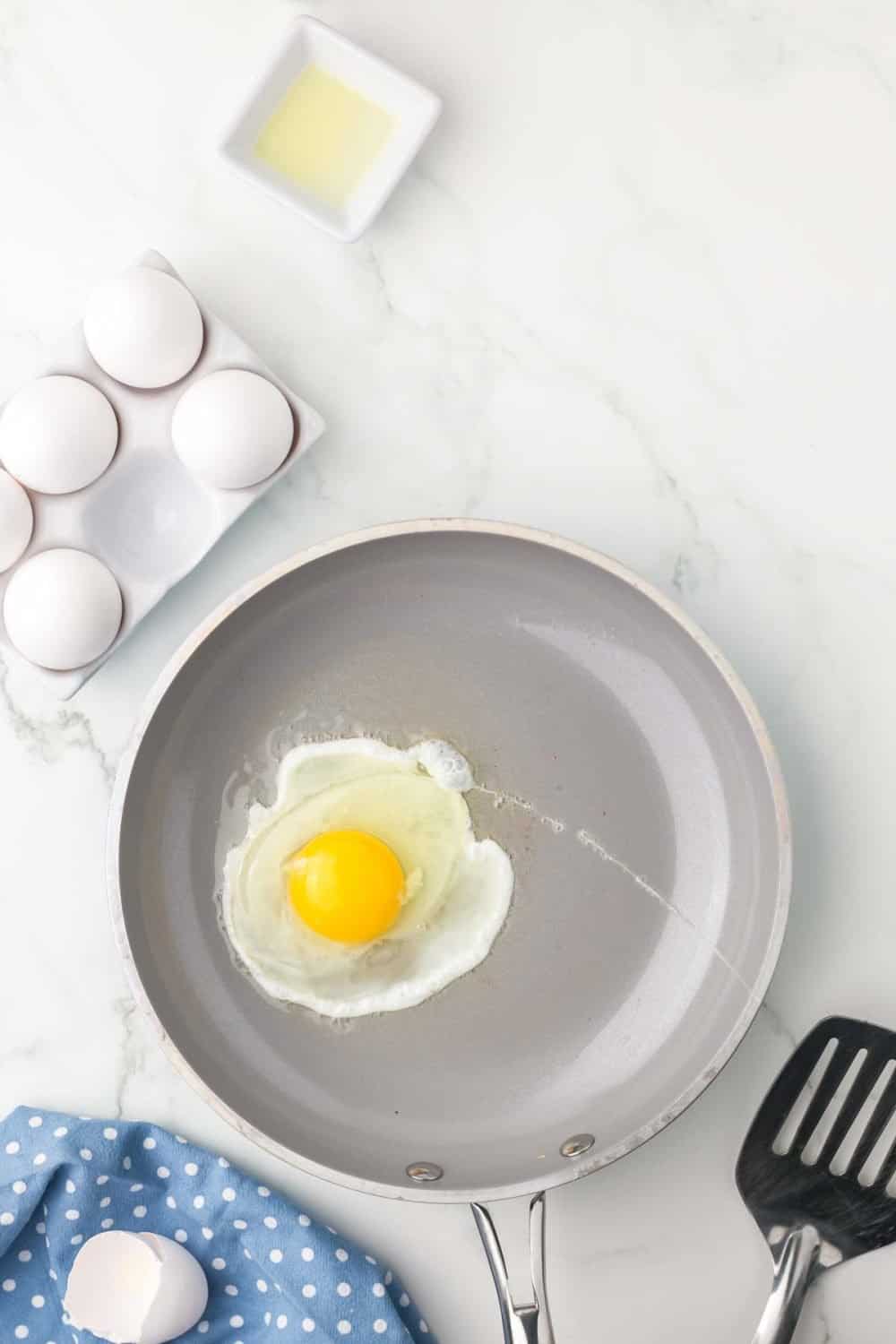
Step #3. Once the butter or oil is hot and shimmering, carefully slide the egg into the skillet.
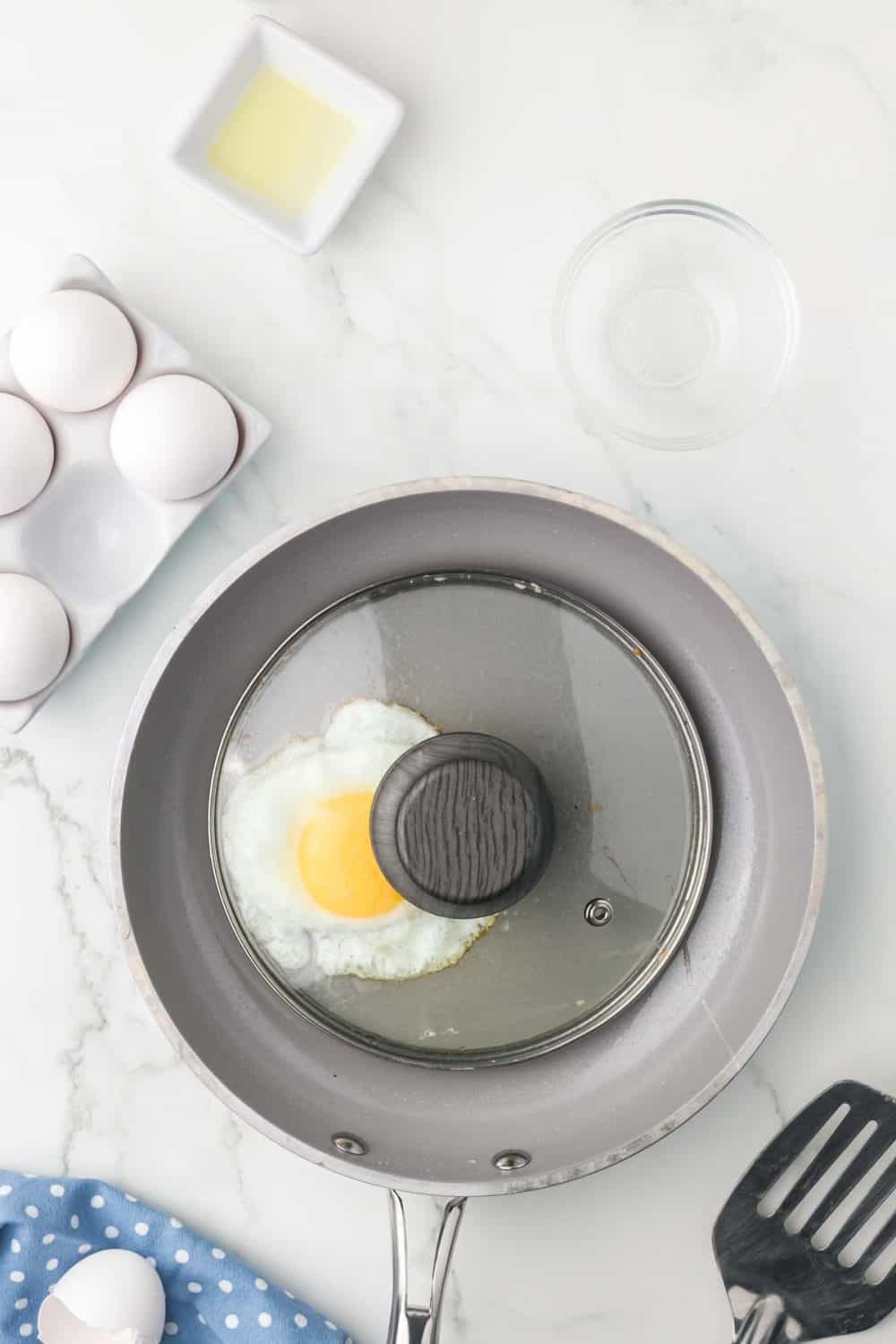
Step #4. To help cook the egg whites evenly, you can cover the skillet with a clear pot top or a heat-safe lid with a transparent top. Cook for about 2-3 minutes for sunny-side-up. Carefully slide a spatula under the egg and lift it out of the pan. Serve immediately.
Recipe FAQs
The egg white should be fully set, and the yolk’s doneness varies based on preference. For sunny-side-up, the yolk remains runny. For over-easy, over-medium, or over-hard, the yolk becomes progressively firmer.
Yes, you can use cooking spray to reduce the fat content. It can help prevent sticking and add a touch of crispiness to the edges of the fried egg.
Medium-low heat is recommended to avoid cooking the egg too quickly or burning the butter or oil. It allows for gentle, even cooking.
Using a non-stick skillet and sufficient butter, oil, or cooking spray should help prevent sticking. Be sure the skillet is properly heated before adding the egg.
Expert Tips
- Use a non-stick pan to prevent sticking and make flipping easier.
- Cook over medium-low heat to avoid overcooking or burning.
- Cover the pan with a lid to help cook the top of the egg without flipping.
- Experiment with different seasonings and toppings to create unique flavors. Common options include chives, paprika, or grated Parmesan cheese.
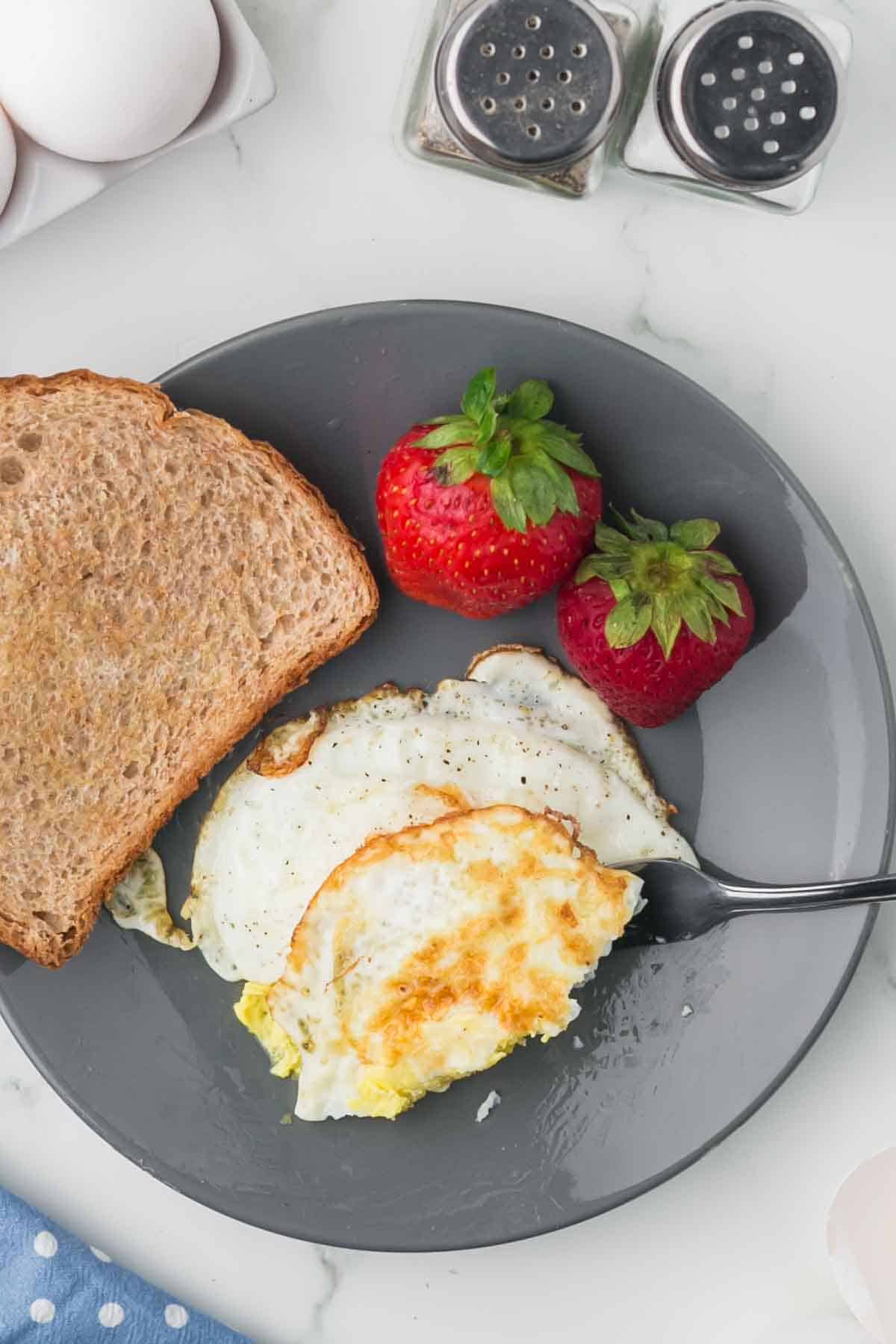
How can I make my fried egg crispy around the edges?
To achieve crispy edges, you can let the egg cook undisturbed for a bit longer, allowing it to develop a golden crust. You can also use a bit more butter or oil for a crisper texture.
Can I cook more than one egg at a time?
Yes, you can cook multiple eggs in a larger skillet or pan. Just make sure there is enough space between them, and be careful not to overcrowd the pan.
What’s the difference between sunny-side-up and over-easy eggs?
Sunny-side-up eggs are cooked with the yolk on top, with the yolk remaining runny. Over-easy eggs are flipped to briefly cook the top, creating a thin film over the yolk while keeping it runny inside.
More Egg Recipes To Consider
Recipe Collections
Zucchini Recipes
Freezing Foods
How to Freeze Eggs
Dessert Recipes
Easy Crepes Recipe
Egg Recipes
Air Fryer Eggs
Did you make this recipe? Leave a ⭐️ review and share it on Instagram, Facebook, or Pinterest!
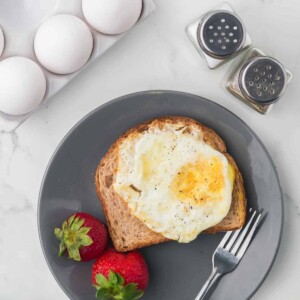
How to Fry an Egg
Ingredients
- 6 large eggs
- 1-2 tablespoons of butter or cooking oil per egg
- Salt and pepper, optional
Instructions
- Heat a non-stick skillet over medium-low heat and add the butter or cooking oil.
- Crack the egg into a small bowl, taking care not to break the yolk.
- Once the butter or oil is hot and shimmering, carefully slide the egg into the skillet.
- Season with a pinch of salt and pepper if desired.
- To help cook the egg whites evenly, you can cover the skillet with a clear pot top or a heat-safe lid with a transparent top.
- Cook for about 2-3 minutes for sunny-side-up, longer if you prefer a firmer yolk.
- Carefully slide a spatula under the egg and lift it out of the pan. Serve immediately. Repeat with additional eggs.
Notes
- For richer flavor, use butter instead of oil.
- Cracking the egg into a bowl first reduces the risk of shell fragments and helps ensure a more precise pour into the skillet.
- Keep the heat medium-low to avoid overcooking or burning the eggs; patience is key for perfect fried eggs.
- A transparent lid is helpful to monitor doneness without losing heat, but avoid keeping it on too long if you want a runny yolk.
- If cooking multiple eggs, consider using a larger skillet to avoid overcrowding, which can lead to uneven cooking.

